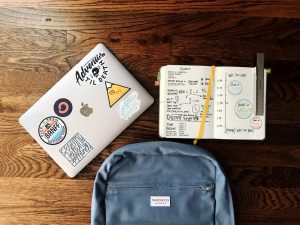At present, approximately 20% of undergraduates have a disability, according to the National Center for Education Statistics. While notable headway has been made in recent years with regards to accessibility, many students living with physical and developmental disabilities are still finding it difficult to gain an inclusive college education. Educational institutions need to build more wheelchair ramps, widen more doorways and passages, and embrace assistive technologies more readily. These technologies can, after all, make a college education increasingly more accessible for students with disabilities. These devices and systems, of which the following are just a few examples, are all designed to increase, maintain, or improve the educational abilities of a college student with disabilities.



